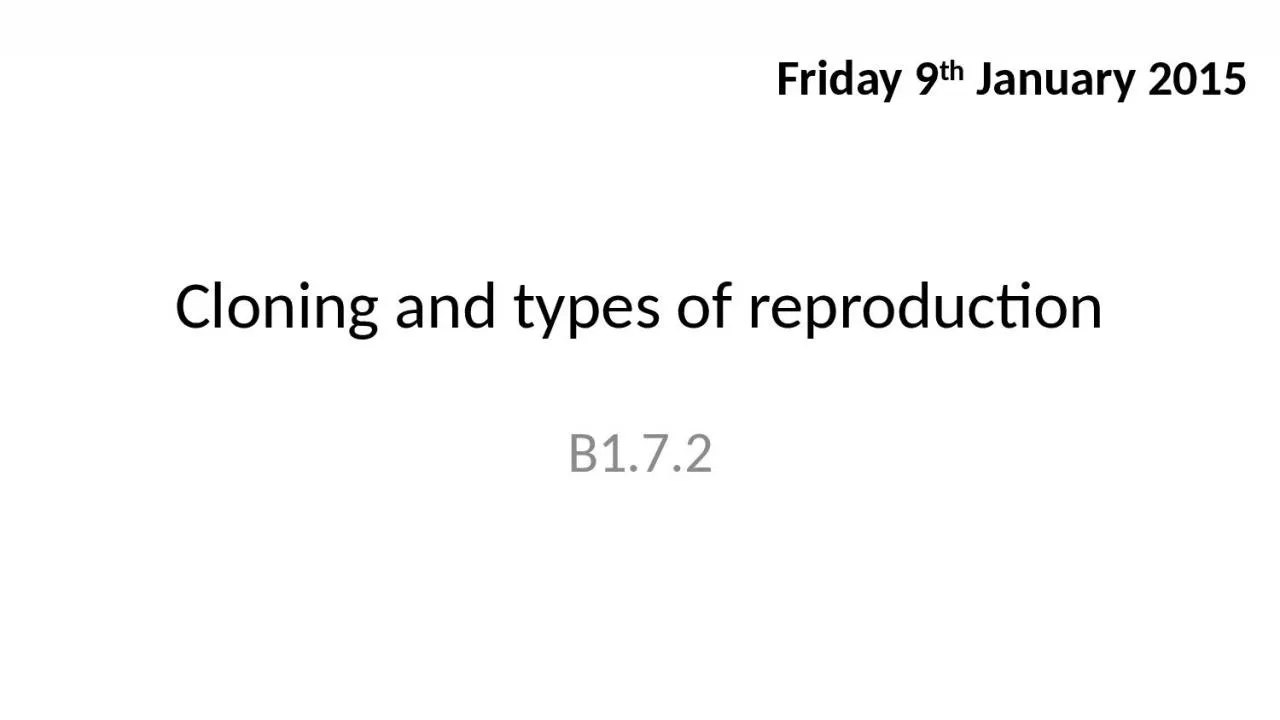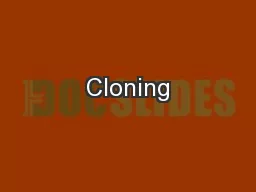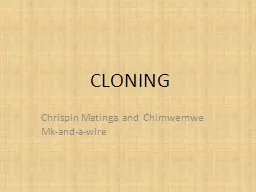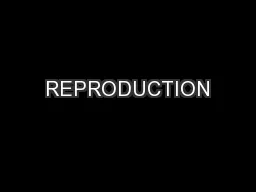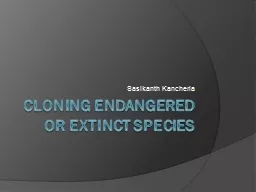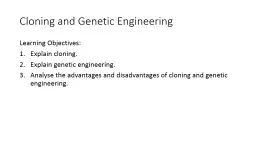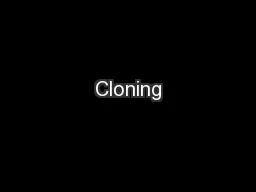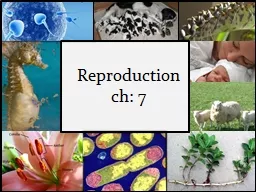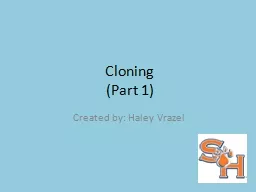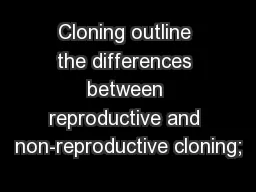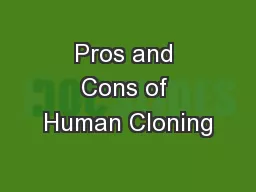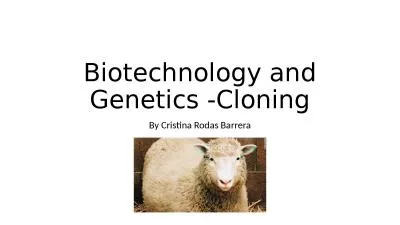PPT-Cloning and types of reproduction
Author : gabriella | Published Date : 2023-05-20
B172 Friday 9 th January 2015 All cells excepts spermegg contain chromosomes Sperm fertilises an egg Embryobaby chromosomes
Presentation Embed Code
Download Presentation
Download Presentation The PPT/PDF document "Cloning and types of reproduction" is the property of its rightful owner. Permission is granted to download and print the materials on this website for personal, non-commercial use only, and to display it on your personal computer provided you do not modify the materials and that you retain all copyright notices contained in the materials. By downloading content from our website, you accept the terms of this agreement.
Cloning and types of reproduction: Transcript
Download Rules Of Document
"Cloning and types of reproduction"The content belongs to its owner. You may download and print it for personal use, without modification, and keep all copyright notices. By downloading, you agree to these terms.
Related Documents

